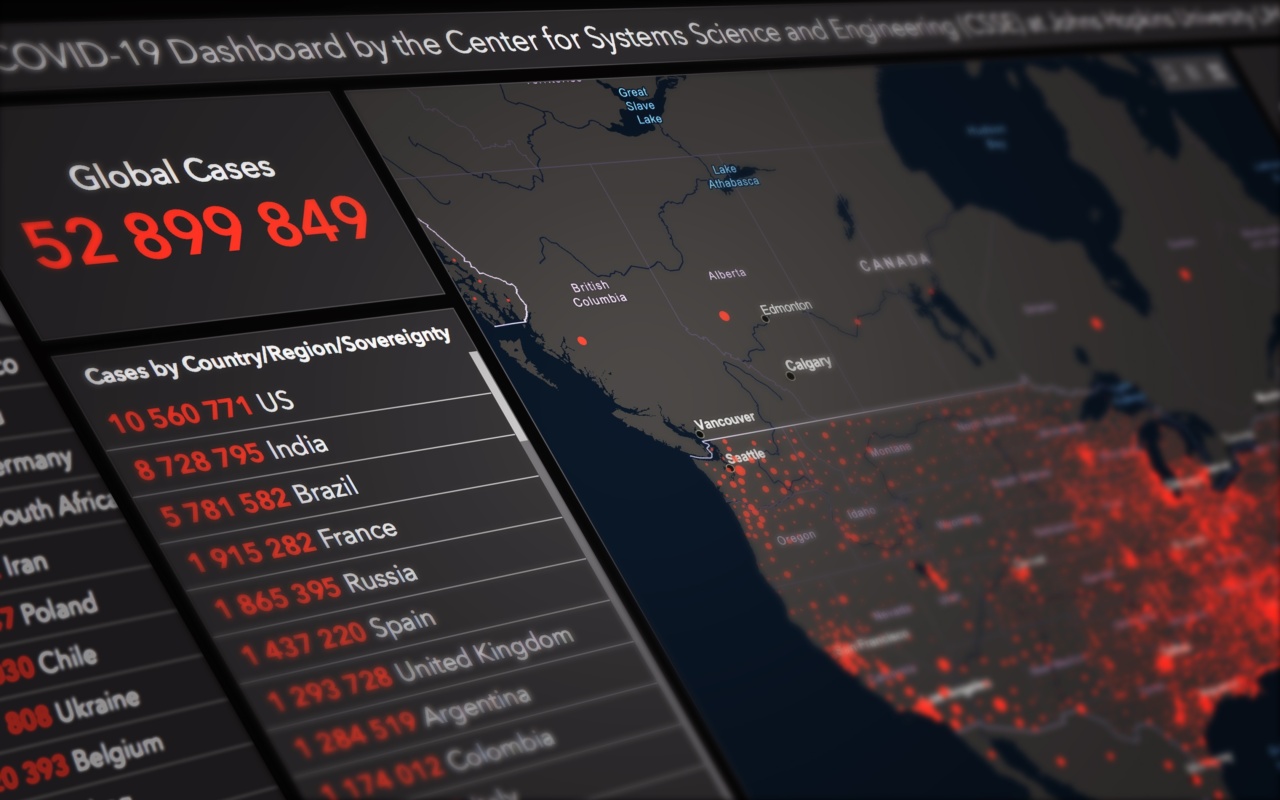The ongoing COVID-19 pandemic has led to the development of many methods and technologies for surveillance and detection of the virus. One of the most recent and unique methods is the analysis of sewage systems.
The idea behind this is that the virus can be detected in fecal matter of infected individuals, even before the onset of symptoms. This article discusses how wastewater-based epidemiology can be used to track and monitor outbreaks, and its potential to complement or even replace other forms of surveillance.
What is Wastewater-Based Epidemiology?
Wastewater-based epidemiology (WBE) is a surveillance approach that involves the analysis of sewage systems to gather information on the health and disease status of a population.
The approach has been used previously to monitor the presence of drugs, toxins, and pathogens in the environment. However, its application has been extended to the detection of infectious diseases, including the COVID-19 pandemic.
Since infected individuals shed the virus in their fecal matter, analysis of sewage systems can help detect the virus’s presence in a particular community. This can help in early intervention and control measures to curb the spread of the virus.
WBE can serve as a supplementary or alternative approach to traditional methods like widespread testing.
How Does WBE Work?
WBE involves analyzing samples of wastewater at the treatment plant to determine the presence and amount of SARS-CoV-2, the virus that causes COVID-19.
Samples are collected at different time points and in different parts of the city’s sewage system to get a comprehensive picture of the prevalence of the virus in the community.
Researchers use a targeted extraction method that concentrates the virus particles, including those that were not infectious, found in the fecal matter.
This extraction process then optimizes quantitative RT-PCR (qRT-PCR) assays, allowing for the detection and quantification of the virus. The results from the analysis can then be used to extrapolate the number of infected individuals in the population.
Benefits of WBE
There are several benefits to using wastewater-based epidemiology:.
- Early Detection: Analyzing wastewater can indicate the presence of COVID-19 in a particular community, even before laboratory-confirmed cases emerge. This means that public health officials can take action before the virus spreads too widely.
- Cost-Effective: Wastewater-based epidemiology is a more cost-effective alternative to traditional methods, reducing the need for widespread testing.
- Large-Scale Surveillance: WBE provides a comprehensive picture of the prevalence of the virus in a particular area, providing a useful tool for public health officials to prioritize intervention measures.
Limitations of WBE
Apart from its benefits, WBE has some limitations that researchers should consider:.
- Sample Collection: The accuracy of the results depends on the quality of the sample collection and transportation process. Factors like temperature and shipping time can affect the integrity of the sample.
- Population Variability: Individual differences in shedding the virus in fecal matter could pose a challenge in extrapolating accurate information on the number of infections. Furthermore, some infected individuals may not show symptoms, making it difficult to accurately estimate the number of infections.
- Data Interpretation: Public health officials must understand the limitations of wastewater-based epidemiology and interpret the data correctly. The data can be useful in guiding interventions, but they should not replace clinical testing.
Conclusion
Wastewater-based epidemiology provides the potential to complement or replace traditional forms of surveillance for infectious diseases like COVID-19.
The early detection benefits of WBE can help reduce the spread of the virus, and its cost-effectiveness can help public health officials test larger populations. However, WBE should not be the only method of surveillance, and careful consideration should be taken when interpreting its results.





























